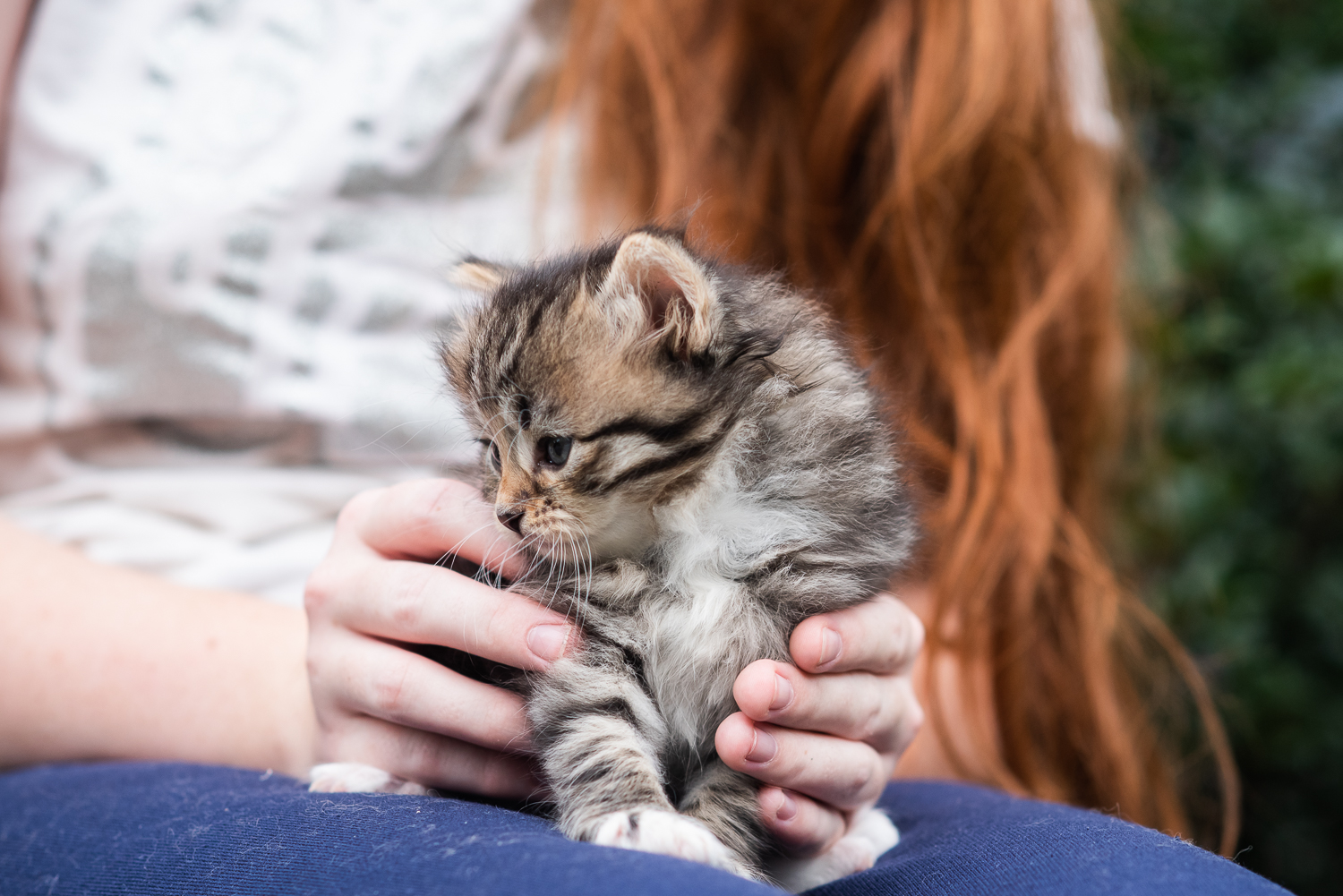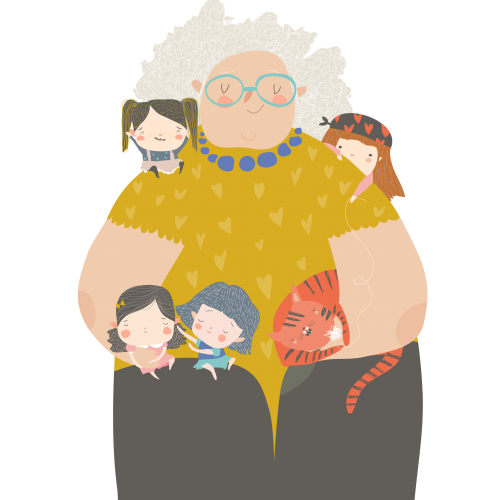Our cats within animal-assisted therapy
Siberians are always a delight to have around. They provide more than just companionship and entertainment, however. Cats can be a tremendous help in animal-assisted therapy and as emotional support in families.
The benefits of animals in therapy are proven – in one study, when cats were present during a therapy session:
- Depressed patients were more social, and experienced decreases in depression.
- Children with severe ADHD showed increased attention spans.
- Autistic or developmentally disabled patients were more social, and showed increased attention spans.
- Patients with Alzheimer’s experienced decreases in depression and anger.
For small things, big things and everything in-between
There is something about the presence of a cat that seems to allow people to become a little more emotionally open than they otherwise might be. Think about it. How many times have you left the noise and crowd of a party to go talk with the cat in a quiet room? Animals give people who are feeling pressure or stress a pathway to a safer space, both physically and emotionally. And cats present the opportunity to simply connect with another living being in a simple and honest way. By watching how a cat lives in the moment, how they enjoy their environment, and how they react to physical sensations, people to learn how to simply “be” rather than constantly living in their “heads.”







